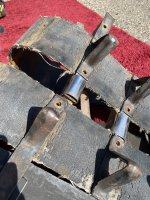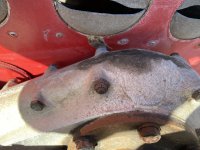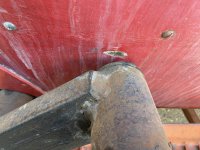Snowy Rivers
Well-known member
The Flexco lacers are pretty sturdy
My Thiokol 2100 had the 550 Flexco lacers on it....These are shown in the original parts book.
Should be perfect on the little cat
Nice looking machine....Some TLC and it will be great....
My Thiokol 2100 had the 550 Flexco lacers on it....These are shown in the original parts book.
Should be perfect on the little cat
Nice looking machine....Some TLC and it will be great....



